
Geophysics Program at the Department of Geoscience, University of Calgary
The Department of Geoscience offers B.Sc., M.Sc. and Ph.D. programs in geophysics; by virtue of the University of Calgary’s location in Canada’s energy capital, these programs provide unparalleled access to the geophysical sector within the oil and gas industry. With 180 students majoring in geophysics, the undergraduate program is the largest in Canada. In addition, a large cohort of graduate students, postdoctoral fellows, research associates and adjunct faculty contribute to cutting-edge geophysical research in areas such as exploration, theoretical and global seismology; near-surface geophysics; planetary science; and microseismic methods. Teaching programs are both innovative and experiential, featuring access to state-of-the-art geophysical field equipment that is used each year for geophysics field school as well as for research.
Reservoir Studies
Geophysics, most notably 3-D time-lapse (4-D) seismology and passive seismic monitoring, plays an increasingly important role in the reservoir characterization of petroleum reservoirs. These studies include the monitoring of reservoir conditions during production of oil and gas (Figure 1). Reservoir characterization involves an integration of geology, geophysics, and reservoir engineering. The Masters degree in Reservoir Characterization (MSRC), which is jointly managed at the University of Calgary by the Department of Geoscience and the Department of Chemical and Petroleum Engineering, provides graduate students from the disciplines of geology, geophysics, and reservoir engineering with a sequence of 10 courses culminating in a capstone project in which teams of 3-5 geoscientists and engineers will do a complete characterization of a petroleum reservoir. The project involves an integrated analysis of well logs, cores, seismic data and reservoir simulation modeling.
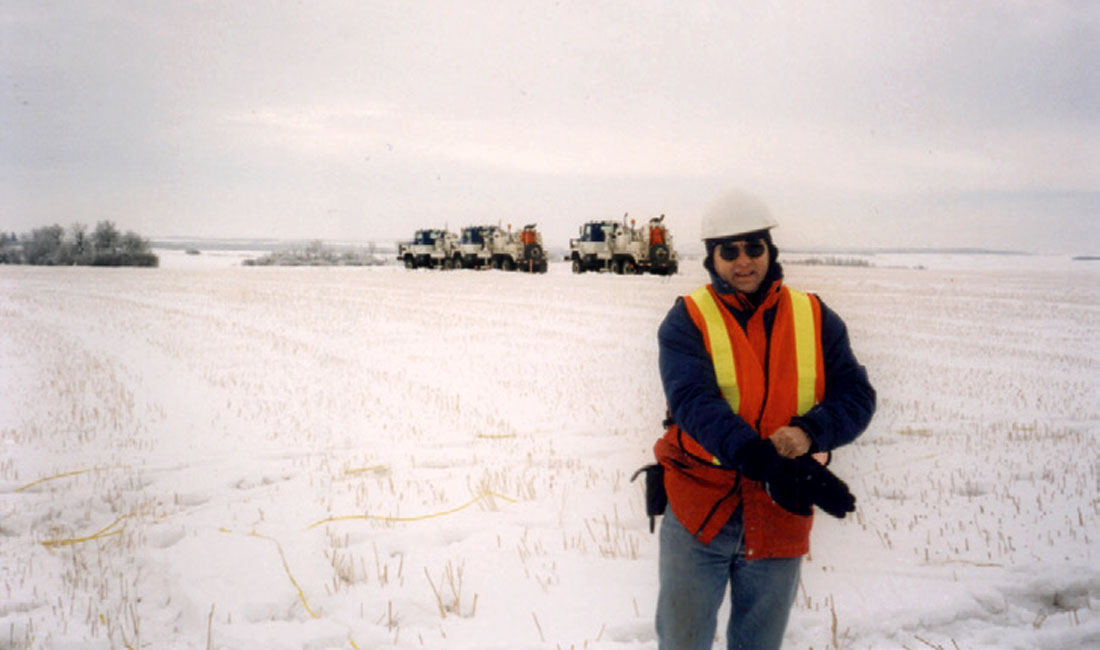
There are three professors with research groups that are involved in reservoir monitoring of unconventional hydrocarbon production. Details of these research efforts are described in the companion article on research consortia by Professor Larry Lines in the current issue of the CSEG RECORDER. In the production of tight oil and gas, microseismic monitoring plays a key role in mapping fractures. Professor David Eaton is co-director of the Microseismic Industry Consortium, a novel, applied-research geophysical initiative dedicated to the advancement of research, education and technological innovations in passive seismic methods and their practical applications for resource development. Together with Eaton’s students and postdoctoral research, his microseismic investigations have included field acquisition using the University of Calgary’s unique downhole microseismic system, case studies, development of processing algorithms and novel interpretation techniques. In heavy oil geophysics, a group of about 12 researchers in CHORUS with Professor Lines undertake integrated studies of well log and core analysis, seismic data, and production history matching. The key link between geomodels and reservoir simulator models is made possible by rock physics. The theory of rock physics for heavy necessitates going beyond the classical rock physics theories.
One of the areas of great current environmental interest is the monitoring of CO2 as part of carbon management. Professor Don Lawton is a Theme Lead in Carbon Management Canada (CMC). As part of CMC, Lawton and students have conducted 4-D seismic studies over several fields in Western Canada. In 2013 Professor Lawton was seconded in part to Carbon Management Canada (CMC), a research organization housed at the University of Calgary. Within CMC he holds the position as Director of the Containment and Monitoring Institute (CaMI), which is undertaking research into the monitoring of carbon capture and storage (CCS) projects as well as addressing general fluid containment issues relevant to the oil and gas industry. A major component of CaMI is the development of a field research station where small-scale injection and monitoring of fluids will be researched in a field setting. A broad range of surface and subsurface monitoring technologies will incorporated into the site, including time-lapse multi-component surface and borehole seismic surveys. He maintains active as a researcher within CREWES into the acquisition, processing and interpretation of 3C seismic data, including near-surface S-wave acquisition using a new thumper seismic source built by CREWES.
Theoretical and Applied Seismology
The University of Calgary has vigorous programs in theoretical and applied seismology that are described in more detail in the companion article by Lines. Associate Professor Kris Innanen has expertise in anelastic seismology, perturbation methods for waves in time-varying Earth volumes, seismic inversion and seismic multiple prediction. His research program includes reflection and VSP seismic data acquisition, processing, and inversion, with application to exploration seismology and time-lapse seismic monitoring. Professor Gary Margrave is Director of CREWES and has a diverse research program, including innovative work on signal processing such as the Gabor Transform.
Professor Ed Krebes does research primarily in theoretical and computational seismology, although he has also contributed theoretically to research in electromagnetic prospecting methods. More specifically, his primary research has involved the computation of synthetic seismograms in anelastic and anisotropic media using various methods such as seismic ray theory, the finite difference method and the finite element method, and the computation of reflection and transmission coefficients in such media. He and his graduate students have also studied seismic wave propagation in subsurface media with geological interfaces that do not satisfy the usual welded contact boundary conditions. They have computed synthetic seismograms for such media and have derived mathematical formulas for P and S wave reflection and transmission coefficients for an interface with non-welded contact.
Near-surface geophysics, tectonics and planetary studies
Several faculty members have research programs that focus on the application of near-surface geophysics to hydrologic and environmental problems (Figure 2).

Professor Larry Bentley has recently worked on developing and applying methods of time-lapse electrical resistivity to problems of flow and transport in groundwater systems including the remediation of salt-affected soils. He is applying seismic refraction, electrical resistivity and ground-penetrating radar to alpine hydrologic studies in the Canadian Rocky Mountains. He is also applying normalized gamma ray logs to the hydrostratigraphic characterization of the Paskapoo Formation in Alberta. Associate Professor Adam Pidlisecky is focused on using advanced acquisition and inversion techniques (with emphasis on electrical methods) for improved management of groundwater resources. Central to all of his work is the idea of “decision aware geophysics” – where the geophysical workflow (acquisition, processing and interpretation) is designed to yield insights to key decision variables of relevance to end-users. His current research centers on two issues critical to long-term freshwater security: 1) Managed aquifer recharge (MAR), and 2) Saltwater intrusion. His managed aquifer recharge work has been aimed at developing a new approach to long-term monitoring, for improved operation of MAR facilities. On the saltwater intrusion front, he is running a basin scale (~50km) research project, which uses long-offset ERT to map the extent of saltwater intrusion in Monterey Bay, California.
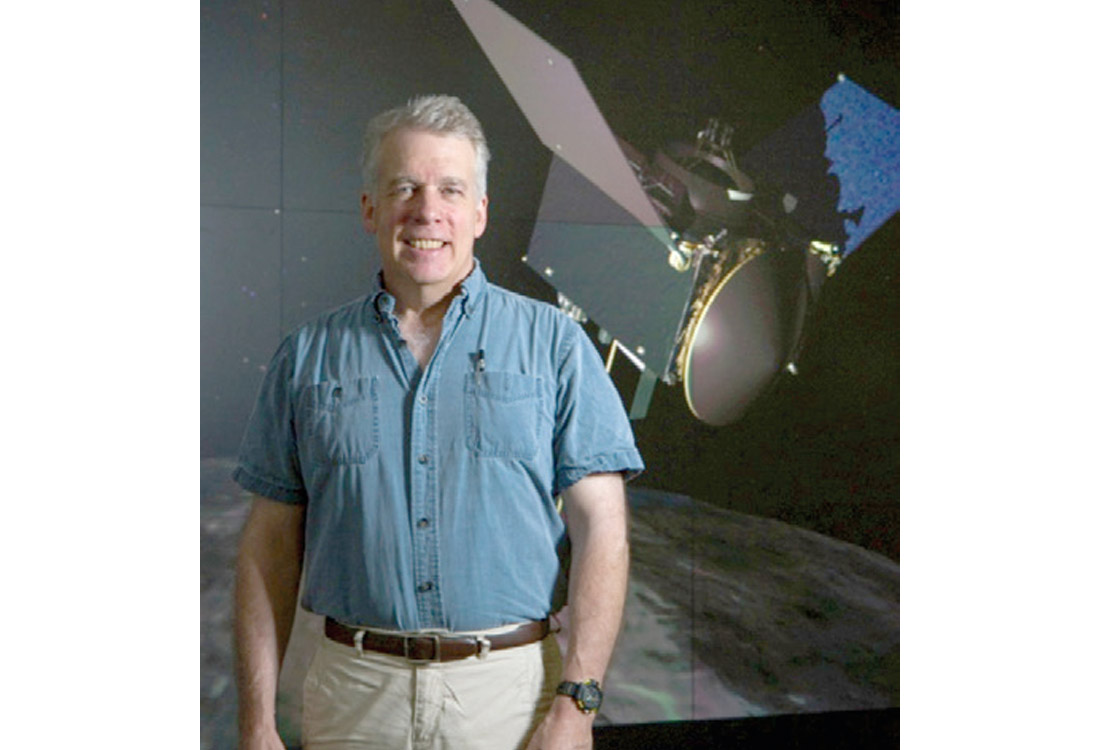
In addition to his work on microseismic monitoring, Professor David Eaton has a research program focused on intraplate seismicity and deep Earth studies, including the lithosphere-asthenosphere boundary beneath continents and studies of Earth’s core. Associate Professor Alan Hildebrand explores small Solar System bodies and their impacts with the planets. His research into impacts has included potential-field and seismic surveys of impact craters, including the Chicxulub crater, to delineate impact crater structure. He has also mapped Chicxulub’s ejecta blanket around the world to constrain impact models and to better understand the environmental perturbations that ended the Cretaceous Period. He has collaboratively led several fireball investigations and has recovered meteorites across Canada from four fresh falls where pre-fall orbits could be determined. Recently Associate Professor Hildebrand and students have been measuring elastic and other physical properties of asteroid lithologies through meteorite studies, and he leads the OLA instrument science team; the OLA scanning lidar is Canada’s contribution to N.A.S.A.’s OSIRIS-REx mission to return a sample from near-Earth asteroid Bennu (Figure 3). He currently leads the Near-Earth Space Surveillance project’s international science team for Canada’s NEOSSat space telescope, which is designed to search for asteroids near the Sun. Associate Professor Hildebrand is a frequent participant in science documentaries aimed at both general audiences and the classroom.
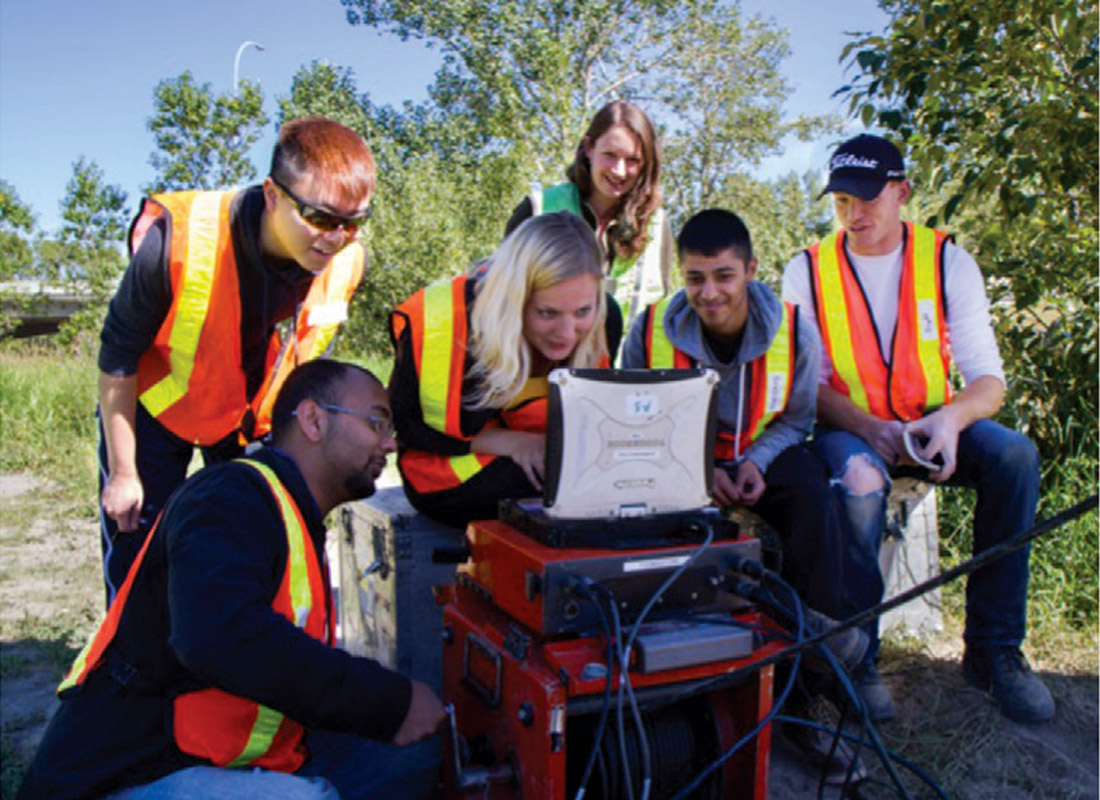
Summary
Geophysical research at the University of Calgary integrates applied and fundamental investigations over a large range of scales, from near-surface to planetary environments. These research and academic programs in geophysics at the University of Calgary are hosted by the Department of Geoscience, facilitating collaboration with experts in related fields such as petroleum geology, geochemistry and hydrogeology and providing fast and easy access to the nearby Canadian Rockies. Geophysics faculty members have also fostered close ties with research groups in other departments in the Faculty of Science and the Schulich School of Engineering at the University of Calgary as well as at other institutions around the world. This interdisciplinary breadth supports unique programs such as the Masters degree in Reservoir Characterization, with growing emphasis on geophysical research in support of sustainable unconventional resource development. State-of-the-art geophysical field equipment is used for research as well as teaching, providing hands-on experience for undergraduate and graduate students (Figure 4).
For more information, please see: Department of Geoscience: geoscience.ucalgary.ca





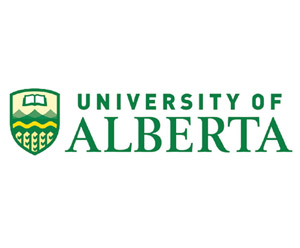
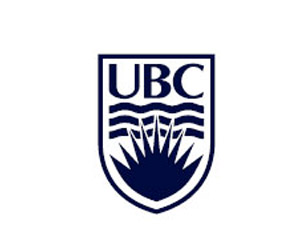
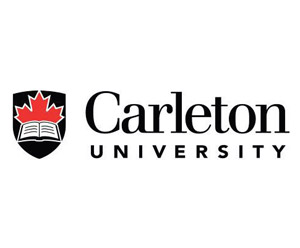







Join the Conversation
Interested in starting, or contributing to a conversation about an article or issue of the RECORDER? Join our CSEG LinkedIn Group.
Share This Article